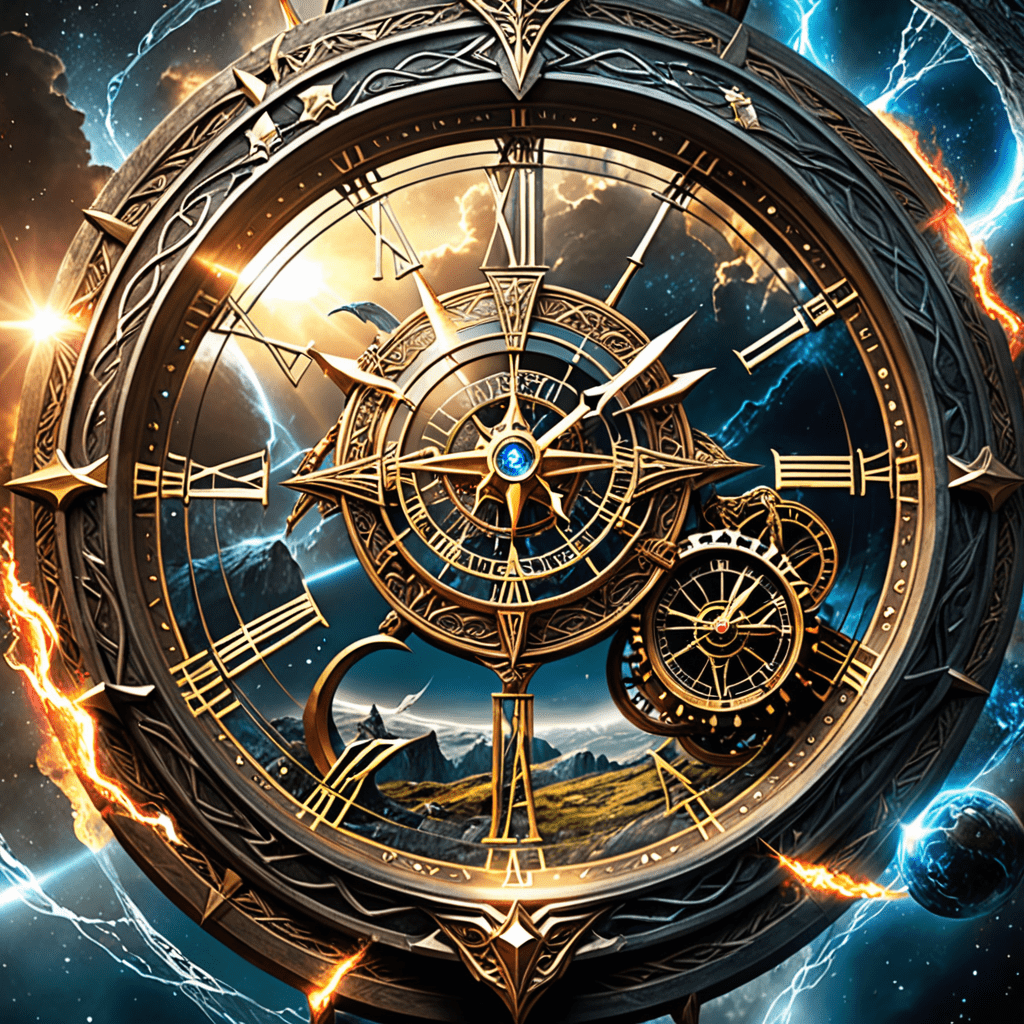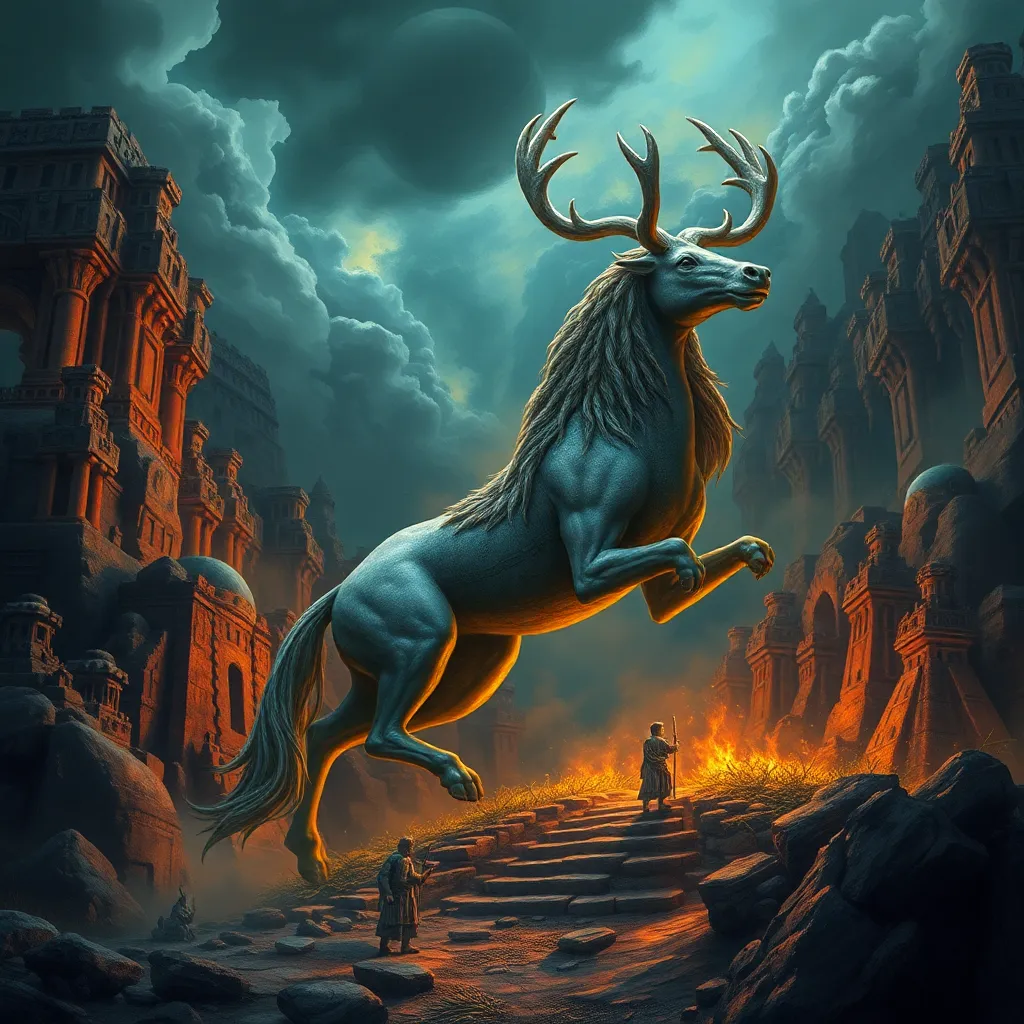The Concept of Time and Space in Norse Mythology
Understanding the Norse Cosmology
Norse mythology provides a unique perspective on time and space. In Norse cosmology, the universe is divided into nine realms, interconnected through the world tree Yggdrasil. These realms include Asgard, home of the Aesir gods, and Midgard, the realm of humans.
The Notion of Time in Norse Mythology
Time in Norse mythology is cyclical rather than linear. The concept of past, present, and future intertwine, leading to beliefs that events are bound to repeat. The Norns, or mythical beings, shape destiny by weaving the threads of fate known as Wyrd.
Space and its Significance in Norse Beliefs
Space in Norse mythology plays a crucial role in shaping the narrative of the gods and other beings. The worlds within the cosmos are places of power and magic, with each realm having its own unique characteristics and inhabitants.
The Relationship Between Time and Space in Norse Mythology
The intricate connection between time and space in Norse mythology underscores the cyclical nature of existence. The gods themselves are not bound by time as mortals are, often transcending temporal boundaries to influence events across the realms.
FAQ: The Concept of Time and Space in Norse Mythology
What is the importance of time and space in Norse Mythology?
In Norse Mythology, time and space are intertwined with the fabric of the universe. The concept of time is cyclical rather than linear, with concepts like the past, present, and future interconnected in a timeless manner. Space is represented through the Nine Realms, each with distinct characteristics and inhabitants, illustrating a complex understanding of the cosmos within Norse beliefs.
How do Norse myths depict the passage of time?
Norse myths often depict time through the existence of beings like the Norns, who weave the threads of fate and control destiny. The cycle of creation and destruction, symbolized by the Ragnarok, highlights the cyclical nature of time in Norse cosmology. Events unfold in a way that emphasizes the interconnectedness of all moments in the grand tapestry of existence.
What role does space play in Norse Mythology?
Space in Norse Mythology is vast and diverse, encompassing realms such as Asgard, Midgard, and Helheim, each presided over by different deities. These realms are connected by the World Tree, Yggdrasil, symbolizing the interconnectivity of the universe. The spatial dimensions in Norse myths provide a rich backdrop for the dynamic interactions between gods, giants, and other mythical beings.



